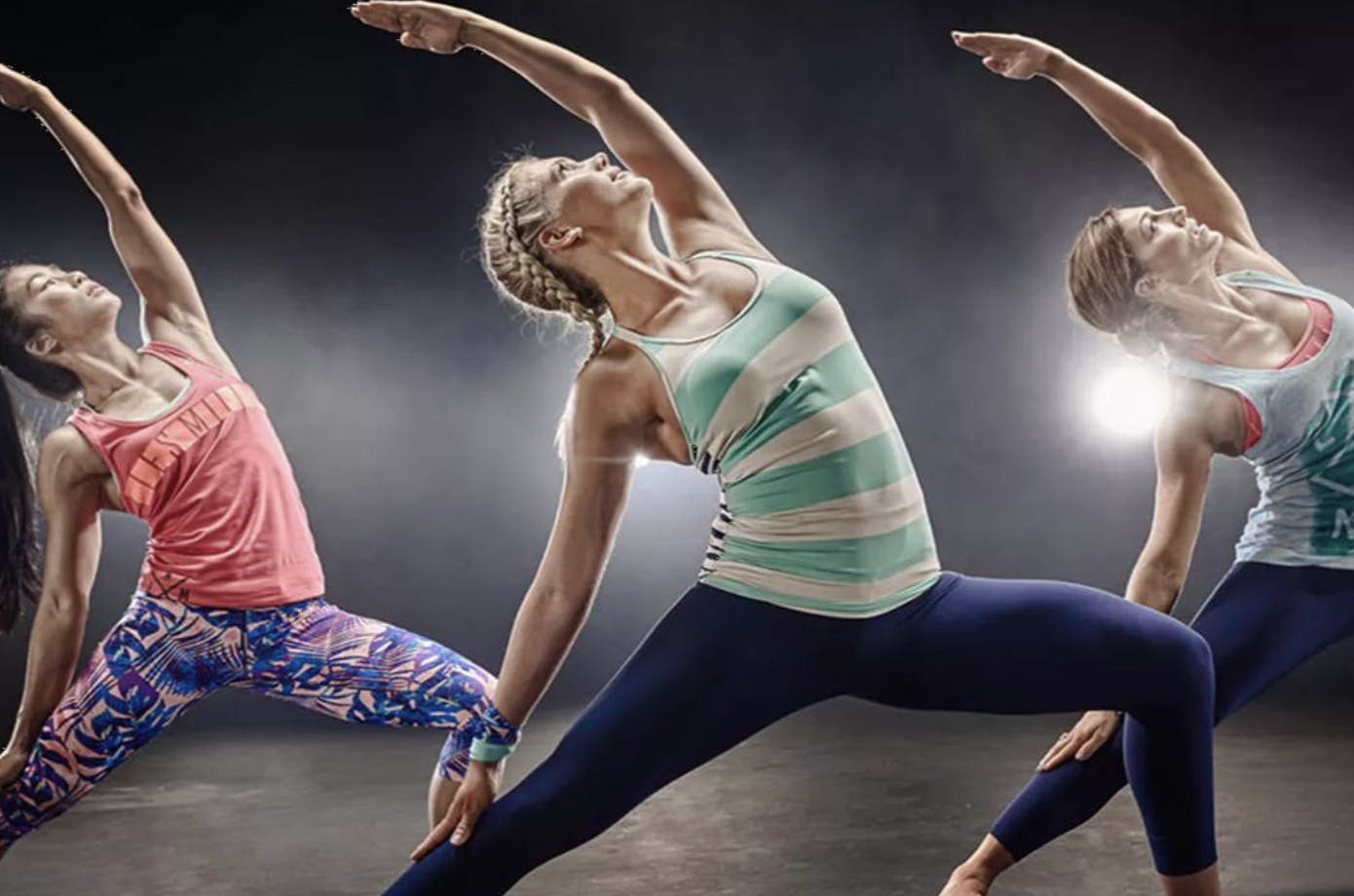The modern workplace has undergone a dramatic transformation in recent decades, accelerated by the Covid-19 pandemic. Office design has evolved to accommodate changing work styles, meet evolving employee expectations, and integrate cutting-edge technologies.
Let’s explore this fascinating journey and consider what the future might hold for our modern office space environments.
Embracing open-plan layouts and collaborative spaces
As the limitations of 1960s cubicle-based offices became apparent by the turn of the millennium, the open-plan layout revolutionised modern office space. This design philosophy emphasised transparency, collaboration, and a flatter organisational structure. Gone were the high partitions and enclosed spaces, replaced by expansive floors filled with clusters of desks, shared work tables, and informal meeting areas.
The open-plan office aimed to build a sense of community among employees, encourage spontaneous interactions and promote the free flow of ideas. It also aligned with the changing nature of work itself, which increasingly required teamwork and cross-departmental collaboration.
Shifting the focus to employee well-being and comfort
As our understanding of workplace dynamics and employee needs has grown, so too has the emphasis on creating office spaces that prioritise well-being and comfort, recognising that a happy, healthy workforce is more productive, creative, and loyal.
Modern office designs now incorporate elements such as:
- Ergonomic furniture: adjustable chairs, sit-stand desks, and ergonomic keyboards to reduce physical strain and improve posture.
- Natural lighting: large windows and skylights to boost mood and reduce eye strain.
- Biophilic design: incorporating plants, natural materials, and outdoor views to connect employees with nature.
- Quiet zones: designated areas for focused work or relaxation, often featuring sound-absorbing materials.
- Wellness rooms: spaces for meditation, yoga, or simply taking a break from work pressures.
- On-site gyms or fitness classes: encouraging physical activity and stress relief during the workday.
- Healthy food options: cafeterias or kitchens stocked with nutritious snacks and meals.
These features contribute to employee health and also serve as powerful tools for attracting and retaining talent in a competitive job market.
Adapting to remote work and hybrid environments
As companies and employees alike discovered the benefits (and challenges) of working from home during the pandemic in 2020, it became clear that the future of work would be neither fully remote nor fully office-based, but a hybrid of the two.
This new reality is reshaping office space design once again. The focus is now on creating multi-purpose spaces that can accommodate fluctuating numbers of in-person workers and support seamless collaboration between on-site and remote team members. Some key features of these new hybrid-friendly offices include:
Flexible workstations: hot-desking arrangements that allow employees to choose their work setting based on their needs for the day.
Enhanced technology infrastructure: high-quality video conferencing equipment, interactive whiteboards, and robust Wi-Fi to support virtual collaboration.
Bookable meeting rooms: easily reservable spaces for team gatherings or client meetings.
Informal collaborative areas: comfortable, cafe-style spaces that encourage spontaneous interactions and idea-sharing.
Quiet pods: individual workspaces for focused tasks or private video calls.
These adaptable environments aim to provide the best of both worlds: the collaborative energy of an office setting and the flexibility of remote work.
Modern office space in the perfect working environment
Winnersh Triangle is a 1.5 million sq ft mixed-use business park located in Reading, with a wide range of offerings of commercial office spaces, including major headquarters buildings, grade-A offices and start-up office suites. To learn more, get in touch with us today.








